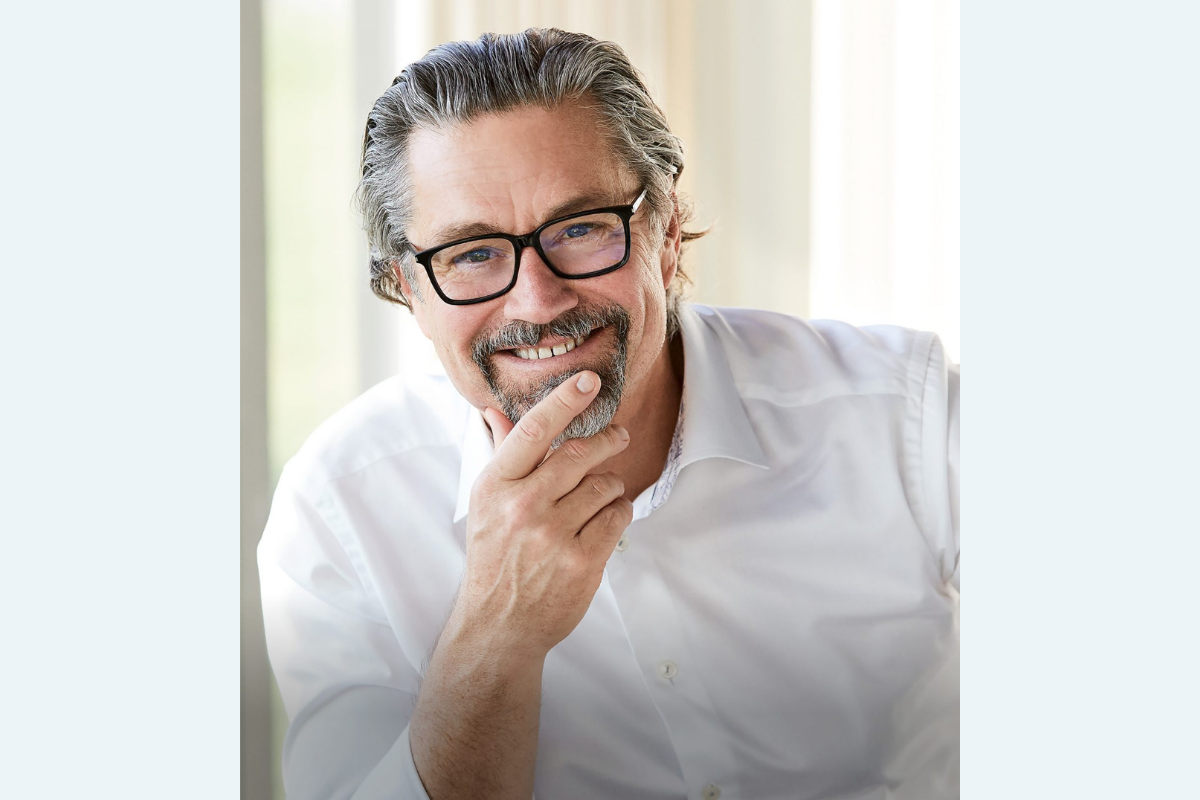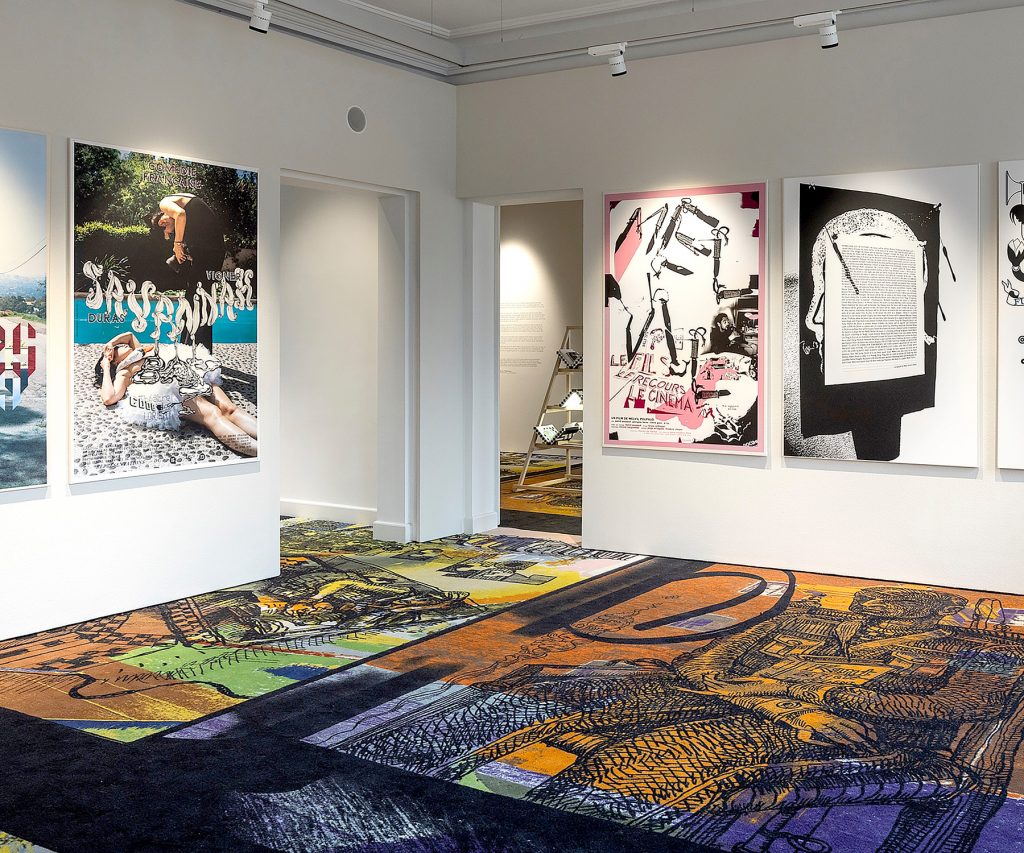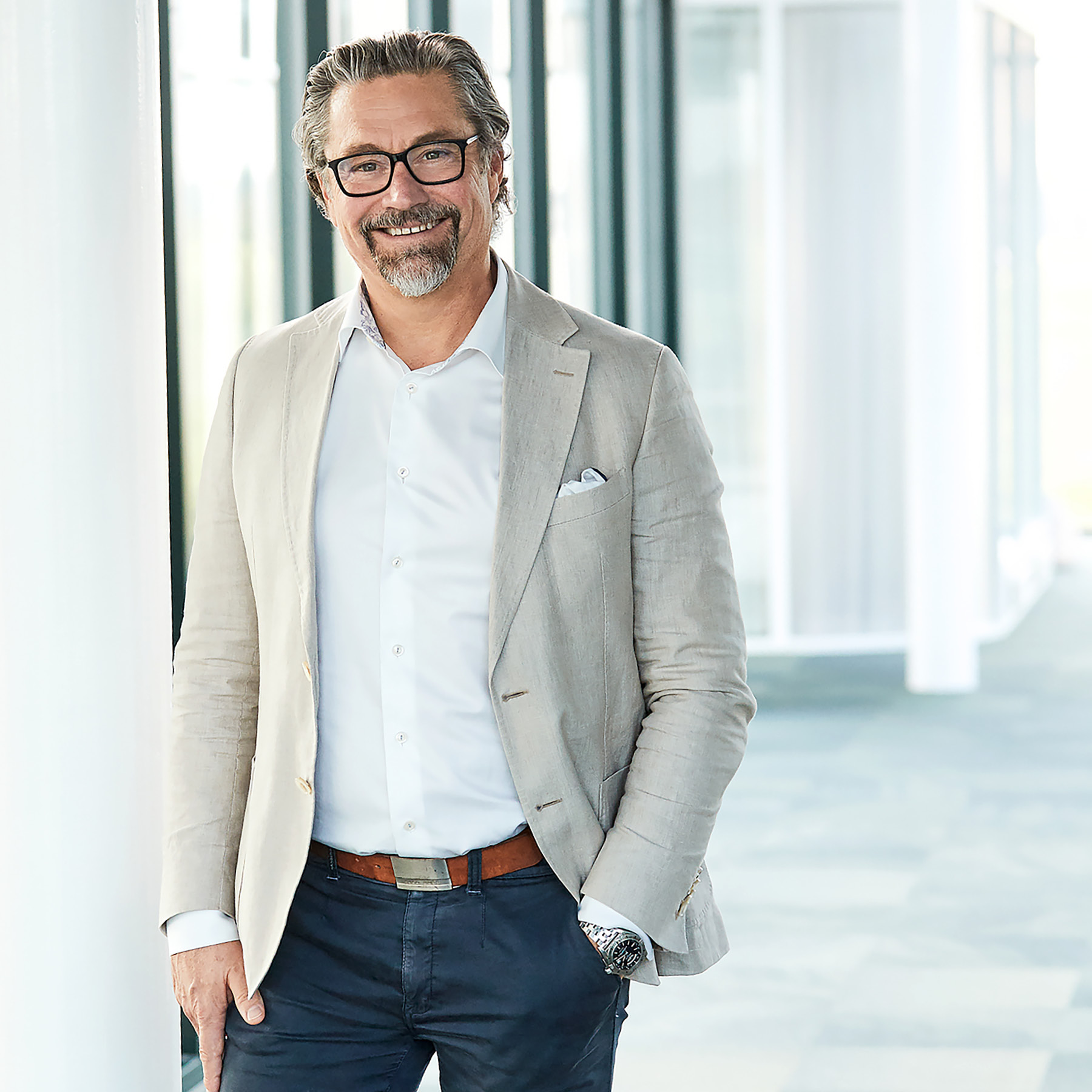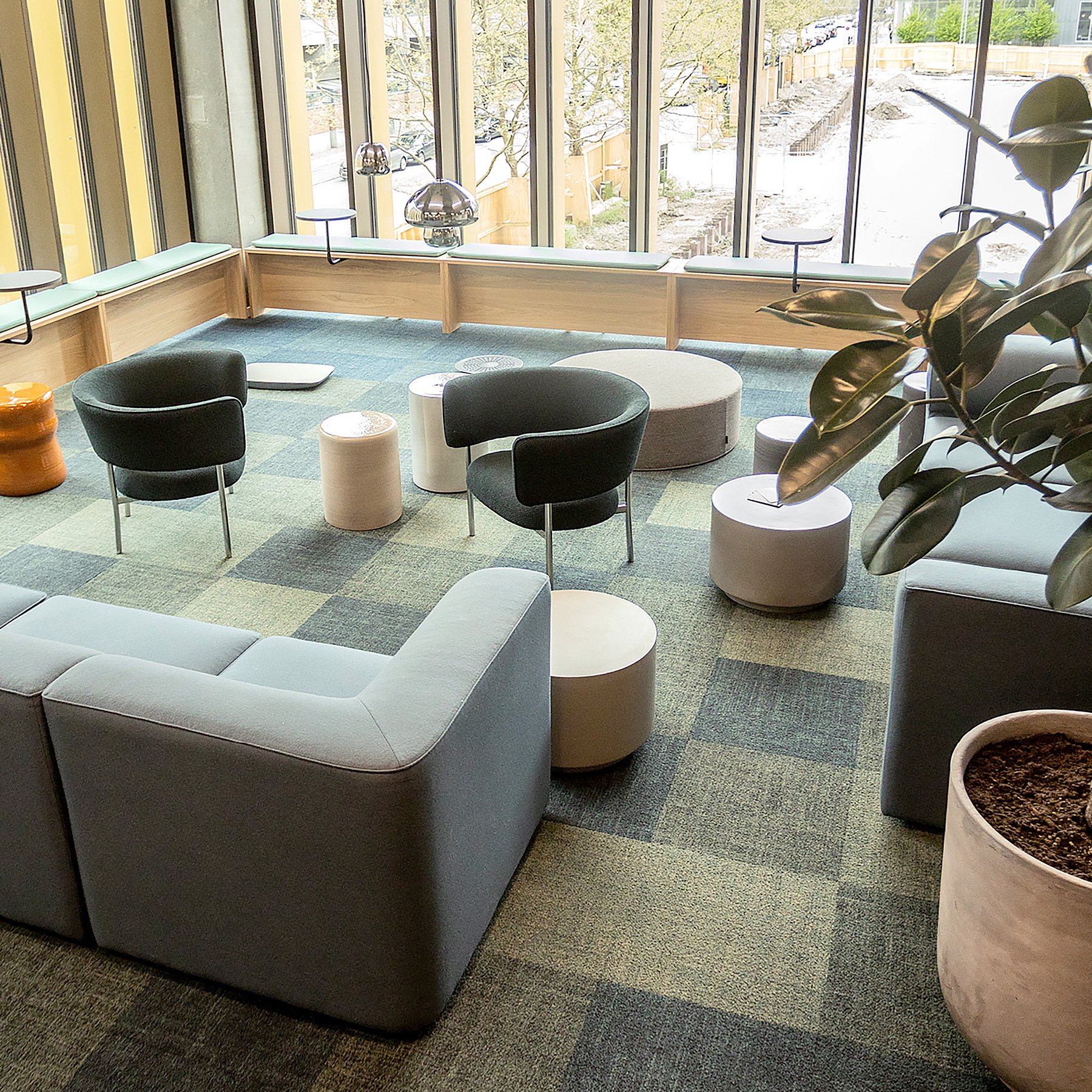While a company may have an impressive history, an excellent sustainability record and a sought-after product, it’s nothing without the drive of its workers, says Rune Stephansen of Denmark’s Ege Carpets.

The passionate CEO and President believes it’s the people who energize a business, give it soul and make it grow. And yielding fresh growth was exactly his mission when he was headhunted to take over Ege around 18 months ago.
Immersed in the world of kitchens with no knowledge of carpets at all, Stephansen wasn’t looking for a new opportunity at the time, but it was one he couldn’t refuse.

The commercial carpet maker boasts an iconic brand and a strong history, founded in 1938 by Mads Eg Damgaard. Stephansen describes it as a “lighthouse” in the Danish textile industry.
“Ege is an old Danish company with a proud heritage and a proud culture. This is not just a company, it’s a foundation with soul,” he says. “And I guess that made the decision to come on board much easier.”
But while the company’s values, culture and product quality are a standout, its speed and ambition were lagging, with Stephansen considered the right person to inject some energy and strengthen the brand. “My mission was to take Ege on a new journey to become an organization that would really make a difference. I wanted to see how far we could go.”
Doubling impact
Stephansen’s vision is “double impact for a better tomorrow”. It perfectly encapsulates the company’s desire for growth combined with its focus on sustainability.
When considering his first priorities, Stephansen knew he didn’t need to focus on production and supply chain, which were already robust.
Ege creates carpets for spaces ranging from offices, restaurants and hotels and cruise ships. Quality and design are king, while the company’s superior technology and automation processes enable it to keep producing onshore at its four factories in Denmark. The company also has one spinning mill in Lithuania.
There are well-established partnerships with top designers and suppliers worldwide. These include Aquafil in Italy, which supplies Econyl, a 100 percent regenerated yarn from old fishing nets and plastic industrial waste; wool suppliers in New Zealand; and backing manufacturers in Germany and Denmark, the latter of which creates eco-backings made from PET bottles.
Stephansen is considering opportunities for growth in terms of five pillars: “design leadership; sustainable leadership; rethinking customer experience; developing the core business; and developing new business”.
Geographical expansion is a key strategy. Ege has a presence in 60 countries, eight of these as its own subsidiaries and the rest through strong partnerships, including the United States where it has a mix of subsidiaries and partners.
Being competitive against the mammoth carpet manufacturers in the United States won’t be easy but Stephansen is confident that Ege’s innovative technologies in carpet production and “unique” product ranges will enable it to stand out.

My mission was to take Ege on a new journey to become an organization that would really make a difference. I wanted to see how far we could go.
One of these ranges is commercial area rugs – an addition to a semi-carpeted office space that provides both a welcoming feel and acoustic performance.
“We are developing a very strong assortment of rugs. And I guess that would also be one of the ways we can create ‘double the impact’.”
Ege also boasts one of the world’s biggest assortment of flat-woven carpets, which are commonplace in Scandinavia but rarely seen in the United States.
Not just carpet
The company has prioritized sustainability for years by recycling its products and reducing its carbon footprint, and this focus will continue, even if it’s not the easiest and cheapest option, Stephansen says.
“If you have a truly sustainable approach, you have to stick with it and you have to be honest about it. We want to be the best in our industry when it comes to sustainability, and this approach also helps us to attract the best talent,” he says.
Doing good is key because, as Stephansen freely admits, “the world doesn’t need just another carpet”.
“We really don’t want to just produce meaningless products. We want a very good design story, a good message and a good purpose.”
To this end, strong partnerships are essential, enabling the company to return raw material back to the supplier and create a circular economy.
Ege doesn’t just care for the environment, it also cares for community.
The organization is partly owned by a charity foundation, which allows Ege to feed its profit back into various charity, culture and sport initiatives.

We want to be the best in our industry when it comes to sustainability, and this approach also helps us to attract the best talent.
It’s too early to see the true impact of Stephansen’s changes at Ege but he says the outcome isn’t really about him anyway, but the highly skilled people around him.
“It doesn’t matter if you believe you are a superstar. You are not. It’s about your ability to let people feel motivated, engaged, empowered to make decisions, and for them to find the job fun and exciting.
“That’s what counts in the long run.”



